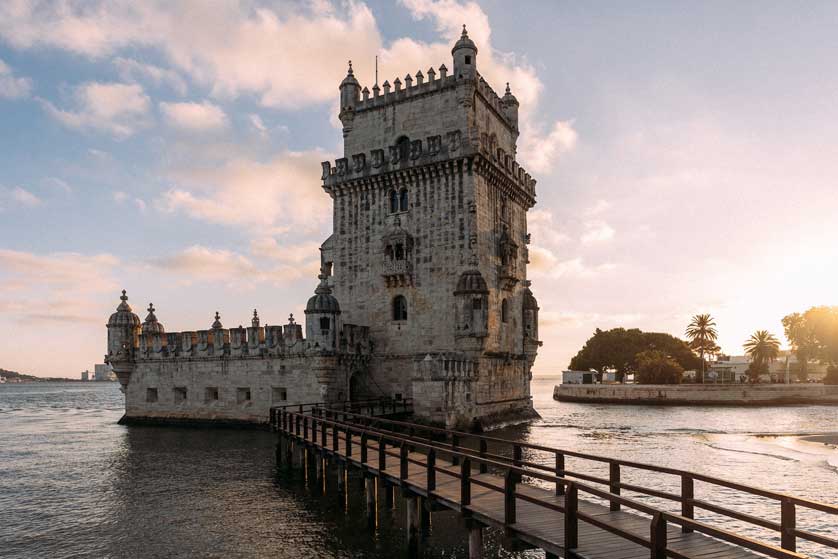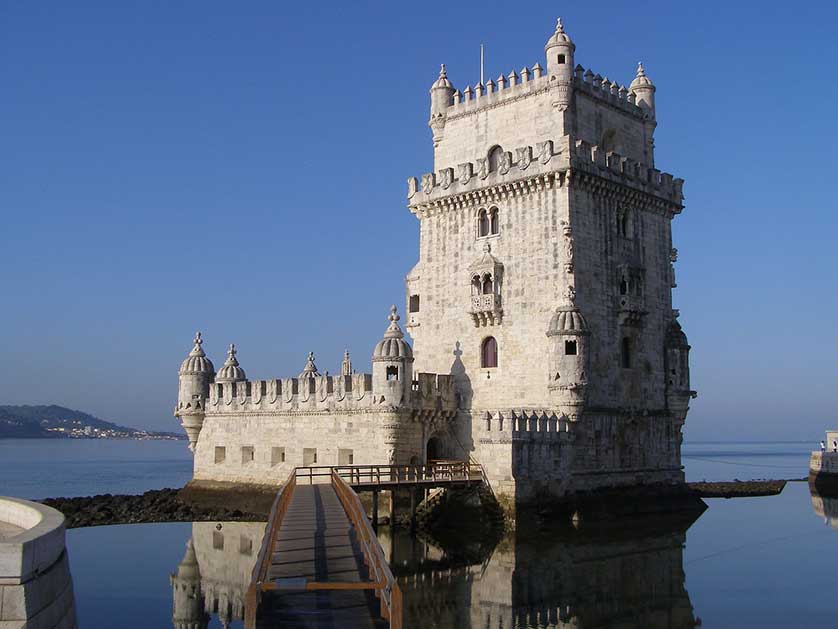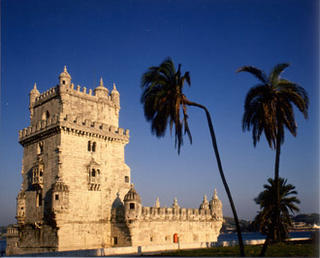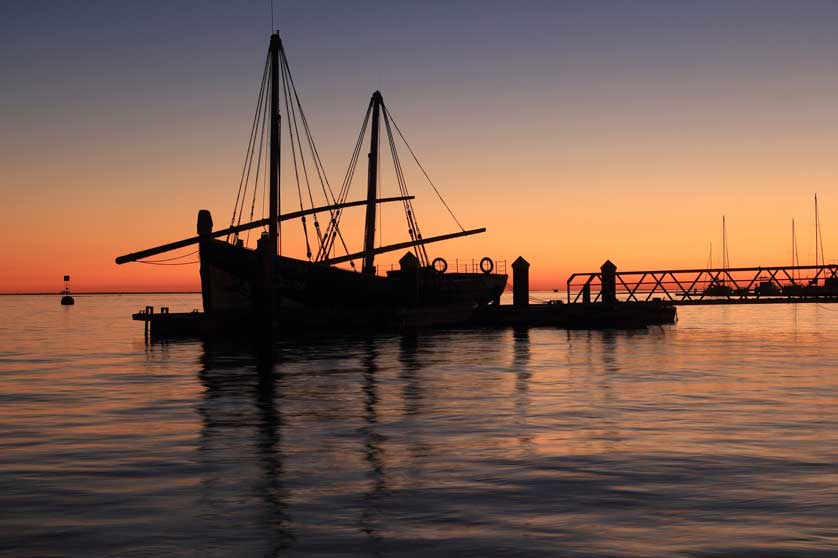Belem Tower, Lisbon
Belem Tower is a short journey from downtown Lisbon. It offers some wonderful opportunities for photography.
Belém Tower, also known as the Tower of St. Vincent, is a historic fortress located in the civil parish of Santa Maria de Belém in Lisbon, Portugal. It is situated on the northern bank of the Tagus River and has played a significant role in Portugal's maritime history.
The construction of Belém Tower began in 1514 during the reign of King Manuel I of Portugal. It was designed by architect Francisco de Arruda and served both as a fortress and a ceremonial gateway to the city.
The tower was built to defend the entrance to the harbor of Lisbon and to serve as a symbol of Portugal's maritime power during the Age of Discoveries. It played a crucial role in the defense system of the city and guarded the entrance to the Tagus River.
Manueline Architecture
Belém Tower is a fine example of Manueline architecture, a Portuguese style that flourished during the late 15th and early 16th centuries. The style is characterized by elaborate and ornate detailing, often featuring maritime motifs and symbols.
The tower has a distinctive four-story structure with a bastion at each corner. It is adorned with decorative elements such as twisted ropes, armillary spheres, crosses of the Order of Christ, and other nautical and royal symbols.
Age of Discoveries
During the Age of Discoveries, many Portuguese explorers set sail from Belém, making it a symbolic starting point for their voyages. The tower's connection to maritime exploration is reflected in its design and location.
In 1983, Belém Tower, along with the nearby Jerónimos Monastery, was designated a UNESCO World Heritage Site. These structures are considered prime examples of Manueline architecture and are recognized for their historical and cultural significance.
© Portugal Visitor









No comments:
Post a Comment